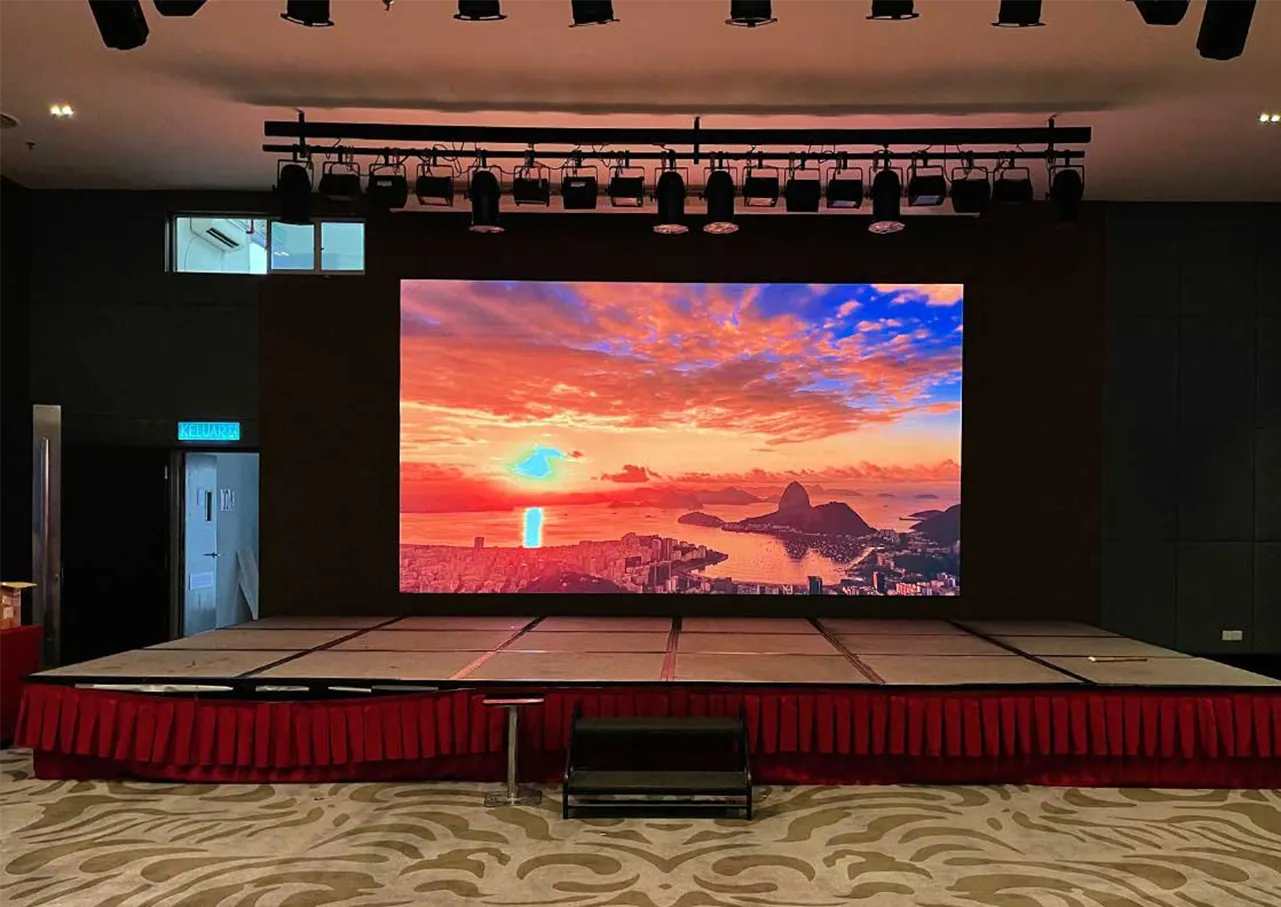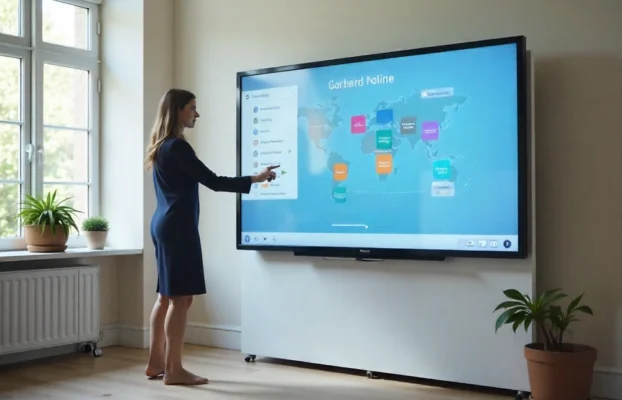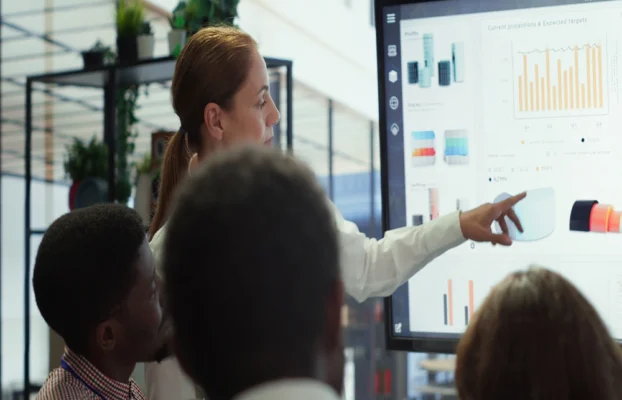Illuminating Innovation: How LED Screen Technologies Redefine Visual Experiences
In the realm of visual technology, Light Emitting Diode (LED) screens have emerged as a revolutionary force, transforming how we perceive and interact with digital content. From vibrant displays in public spaces to immersive entertainment experiences and interactive presentations,
LED screen technologies have redefined visual communication across various industries. This blog post explores the evolution, applications, benefits, and future trends of LED screen technologies, showcasing their profound impact on enhancing visual experiences.
Evolution of LED Screen Technologies
LED screens have evolved significantly since their inception, driven by advancements in display technology, materials, and manufacturing processes. Originally used for small-scale indicators and displays, modern
LED screens now boast:
–
High Resolution: Capable of delivering crisp, detailed images and videos even at large sizes.
–
Brightness and Contrast: Enhanced brightness levels and improved contrast ratios for vivid, lifelike colors and deep blacks.
–
Energy Efficiency: Energy-efficient designs that reduce power consumption while maintaining optimal performance.
–
Durability: Robust construction materials and designs that ensure longevity and reliability in diverse environments.

Applications Across Industries
LED screen technologies find widespread applications across various industries, each leveraging their unique capabilities to enhance engagement and communication:
1. Entertainment and Events:
In arenas, stadiums, and concert venues, large-scale LED screens captivate audiences with high-definition visuals, live video feeds, and interactive content. These screens create immersive experiences during live events, enhancing viewer satisfaction and participation.
2. Advertising and Retail:
Digital billboards and LED video walls in retail environments attract attention with dynamic advertisements, promotional content, and real-time updates. The versatility of LED screens allows for targeted messaging and audience engagement based on location and demographics.
3. Education and Corporate:
In classrooms, conference rooms, and boardrooms, LED screens facilitate interactive presentations, video conferencing, and collaborative work sessions. High-resolution displays ensure clear visibility of content, enhancing communication and knowledge sharing among participants.
4. Control Rooms and Command Centers:
Critical operations centers rely on LED video walls for real-time data visualization, monitoring, and decision-making. These displays provide operators with comprehensive views of complex information, improving situational awareness and response times.
Benefits of LED Screen Technologies
1. Enhanced Visual Impact:
LED screens deliver unparalleled visual impact with vibrant colors, sharp contrast, and superior brightness levels. This capability ensures that content stands out and captures attention even in brightly lit environments.
2. Flexibility and Scalability:
LED screens are highly versatile and scalable, allowing for customization in size, shape, and resolution to suit specific application needs. Modular designs enable easy expansion or reconfiguration of display setups as requirements evolve.
3. Interactive Capabilities:
Some LED screens incorporate touch-sensitive technologies and interactive features, enabling users to engage directly with displayed content. This interactivity enhances user experience and facilitates intuitive navigation in interactive applications.
4. Energy Efficiency:
Compared to traditional display technologies, LED screens consume less power while maintaining superior performance. Energy-efficient designs contribute to lower operational costs and environmental sustainability.

Future Trends and Innovations
1. Curved and Flexible Displays:
Advancements in LED technology are leading to the development of curved and flexible displays, offering new possibilities for immersive environments and creative installations.
2. Integration with AI and IoT:
AI-powered analytics and IoT connectivity will enable intelligent LED screens capable of adapting content in real-time based on environmental conditions, audience behavior, and user preferences.
3. Transparent and Augmented Reality (AR) Screens:
Transparent LED screens and AR-enabled displays will blur the lines between physical and digital environments, creating seamless, interactive experiences in retail, entertainment, and public spaces.

Conclusion
In conclusion, LED screen technologies represent a paradigm shift in visual communication and entertainment, offering unmatched clarity, versatility, and interactivity. From enhancing engagement in public spaces to facilitating collaborative environments in corporate settings, LED screens continue to redefine how we interact with digital content. As technological innovation continues to drive advancements in display capabilities and user experiences, the future of LED screen technologies holds promise for even more immersive, adaptive, and sustainable visual solutions.
Embrace the transformative power of LED screen technologies—where every display becomes a gateway to limitless possibilities in visual communication and engagement.
—
This blog post explores the transformative impact of LED screen technologies, highlighting their evolution, applications across industries, benefits, and future trends.









